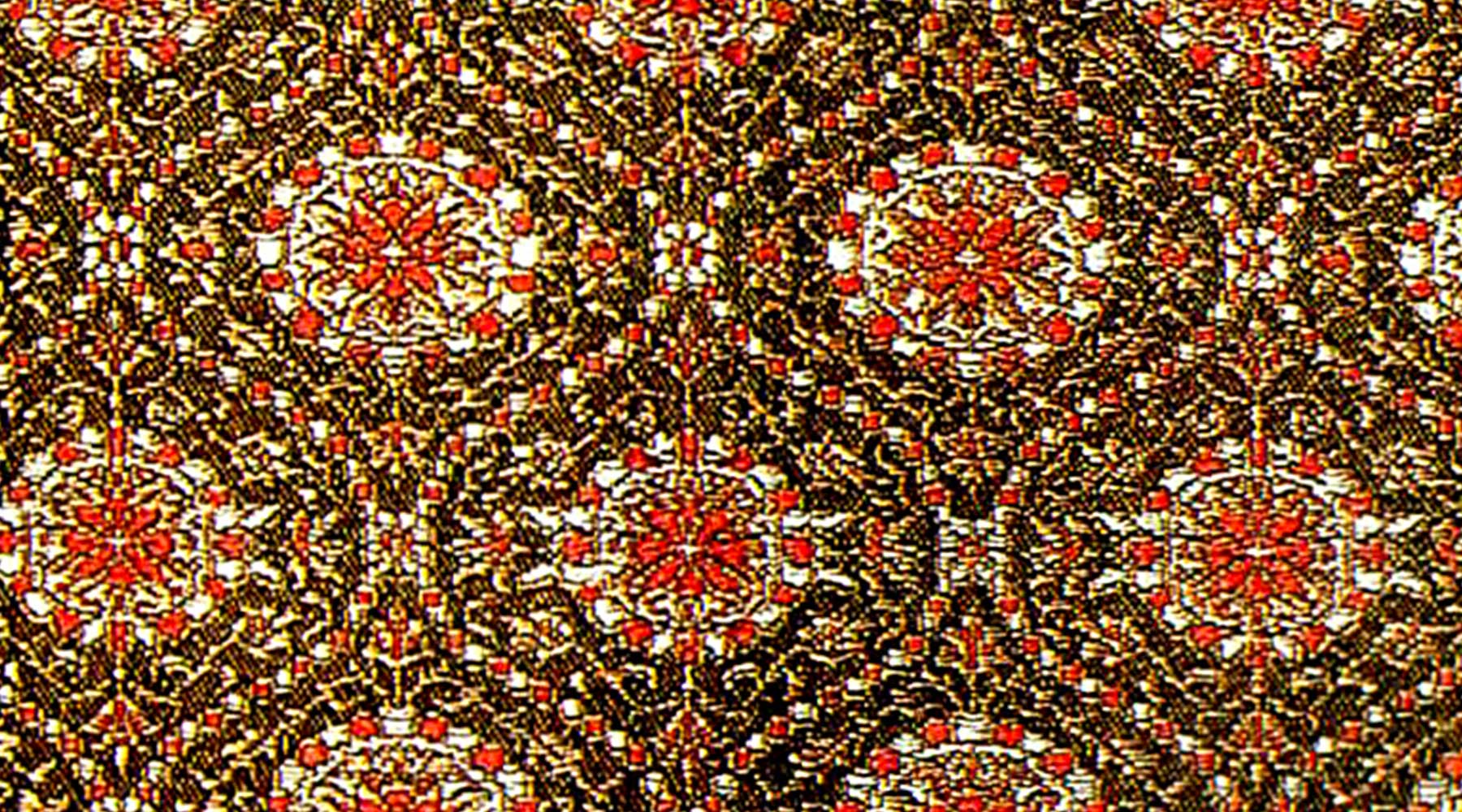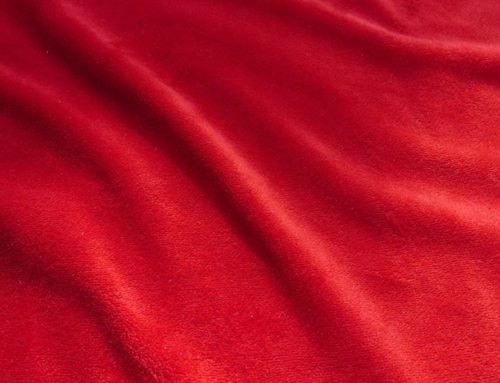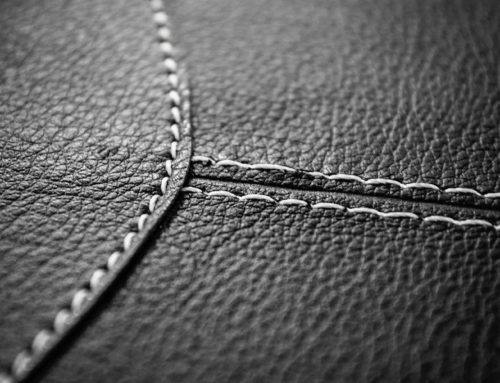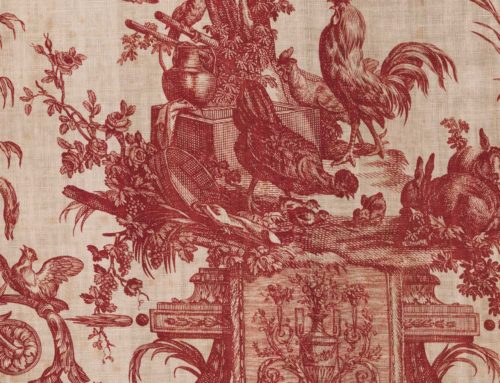We continue our series of blogposts covering the development of fabrics for use in upholstery, the use of different fibres, and the development of different weaves and designs. Blogpost 6 in the series begins our coverage of the differing types of fabrics used in upholstery, with us covering Brocade, Brocatelle and Damask fabrics below:
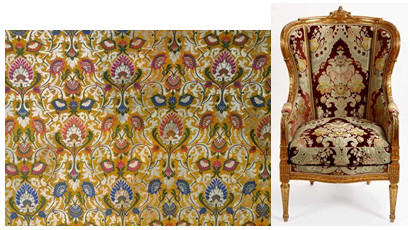 Brocade:
Brocade:
A Jacquard weave, brocade fabrics are generally woven using a variety of different coloured silks creating multicoloured patterns (traditionally using gold and silver threads). The patterns (normally floral) are only visible on the front of the fabric, and produce a raised effect, as though it was embroidered on, as the pattern threads are inserted between the warp thread of the background fabric.
Brocade fabrics can fray or pick easily due to these raised threads, and sometimes the fabric manufacturers will back the fabric in order to try and prevent this issue. As a result of the weave and composition of most Brocade fabrics, they are probably more suited to soft furnishings than general upholstery, although it can be used suitably in a traditional armchair, as in the image above. Some modern day ‘brocades’ are produced on background fabrics made of viscose or nylon fibres.
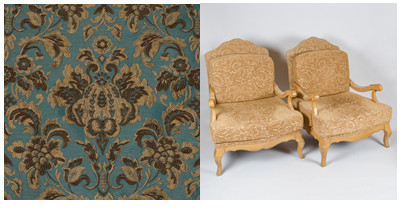 Brocatelle:
Brocatelle:
A Jacquard weave (related to brocade), Brocatelle is thicker and heavier. Whilst similar to brocade and damask, its distinguishing feature is its puffed, raised pattern. Originally made of silk, it may now be made of wool, cotton, silk or linen. Like brocade, brocatelle is not reversible, with the design on the front in a raised appearance from being formed with a satin or twill weave on a plain or satin weave background fabric.
Depending on the exact composition of the fibres used to create a Brocatelle fabric, it is generally considered heavier and more durable than Brocade (see above), and thus may be more suited to general upholstery as a result.
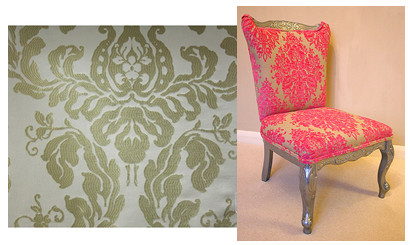 Damask:
Damask:
A Jacquard weave, Damask fabric tends to be woven using a single colour yarn and a combination of weaving techniques; normally on silk, wool, linen or cotton ground fabrics, and generally feature patterns of flowers, fruits and other such elaborate designs. Although normally with one warp yarn and one weft yarn, usually with the pattern in a warp-faced satin weave (see above) and the ground in a weft-faced sateen weave (see above). Damasks are reversible fabrics: if you look at the back of a the fabric, the inverse pattern and colours will show, like the ‘negative’ of a photograph.
Damask fabrics add a sophisticated, elegant, traditional look, but the fabric composition and weave lends itself more to curtains and soft furnishings than general upholstery. If you do intend to use it for upholstery purposes, it might be more appropriate to use on smaller, traditional secondary chairs as in the picture above, rather than on a full size armchair or sofa.
Rather confusingly, a lot of people nowadays refer to ‘damask’ as being any fabric with a repetitive pattern of flowers and fruit, and indeed there are many imitation fabrics available which mimic the look of damask, which may be more suitable for use in general upholstery due to the fabric composition and weave than a true damask fabric might.


